Privacy Data Reduction Calculator
Discover how much personal data you share when proving your identity online. Traditional systems require you to give up your full information, while privacy-preserving methods let you prove specific facts without revealing unnecessary details.
Enter what you need to verify, and see the data difference.
Your Data Reduction Results
Traditional Verification
100% of your personal data is shared. Includes full identity details, personal information, and sensitive data.
Privacy-Preserving Verification
0% of your personal data is shared. Only the specific information required for verification is confirmed.
0% less sensitive data shared compared to traditional methods. Save 100% of your personal data from being exposed to companies and potential breaches.
Imagine showing your driver’s license to prove you’re over 21-without letting anyone see your name, address, or even your photo. That’s not science fiction. It’s privacy-preserving identity verification, and it’s already changing how we prove who we are online.
Traditional identity systems force you to hand over everything: your full name, birthdate, Social Security number, even your face. One breach, and your data is out there forever. Banks, governments, and apps collect it all, storing it in centralized databases that hackers love to target. Privacy-preserving identity verification flips this model. Instead of handing over your data, you prove you have it-without showing it.
How It Works: Proving Without Revealing
This isn’t magic. It’s math. At the heart of privacy-preserving identity verification are cryptographic tools built to answer yes-or-no questions without revealing the answer itself.
Take zero-knowledge proofs (ZKPs). Let’s say you need to prove you’re over 18 to sign up for a service. A traditional system asks for your ID. A privacy-preserving system asks: Do you have a valid ID that shows you’re over 18? You generate a cryptographic proof that says yes-without showing the ID, your birthdate, or anything else. The system verifies the proof. Done. No data exchanged. No copy stored.
This works because ZKPs rely on complex mathematical relationships. You don’t reveal the secret-you prove you know it. Think of it like unlocking a door with a key you never hand over. The lock checks if the key fits, but never sees the key’s shape.
Decentralized Identifiers: You Own Your Identity
Traditional IDs are issued by governments or companies. If they disappear, so does your identity. Privacy-preserving systems use decentralized identifiers (DIDs). These are unique, blockchain-based addresses you control-like a digital passport you keep in your wallet, not in a government server.
DIDs don’t rely on central authorities. You generate them yourself. You store the private keys that prove you own them. When you need to verify something, you sign a statement with your DID. Anyone can check that the signature is valid without knowing your real name or where you live. It’s like sending a signed letter with no return address-you prove you wrote it, but no one knows who you are.
Combined with verifiable credentials (digital equivalents of diplomas, licenses, or bank statements), DIDs let you pick and choose what to share. Need to prove you’re a licensed doctor? Send a credential signed by the medical board-without revealing your home address or your mother’s maiden name.
Selective Disclosure: The Power to Say No
Most online forms ask for more than they need. Why does a pizza app need your Social Security number? It doesn’t. Privacy-preserving systems fix this with selective disclosure.
You hold a digital wallet with multiple credentials: age proof, citizenship status, employment record. When a service asks for something, you don’t send everything. You send only what’s required. A ride-share app only needs to know you’re over 18 and have a valid license-not your full driving history or your tax ID.
This isn’t just convenient. It’s legally necessary. Under GDPR and CCPA, companies can’t collect data they don’t need. Privacy-preserving verification makes compliance automatic. You’re not just protecting your privacy-you’re staying within the law.
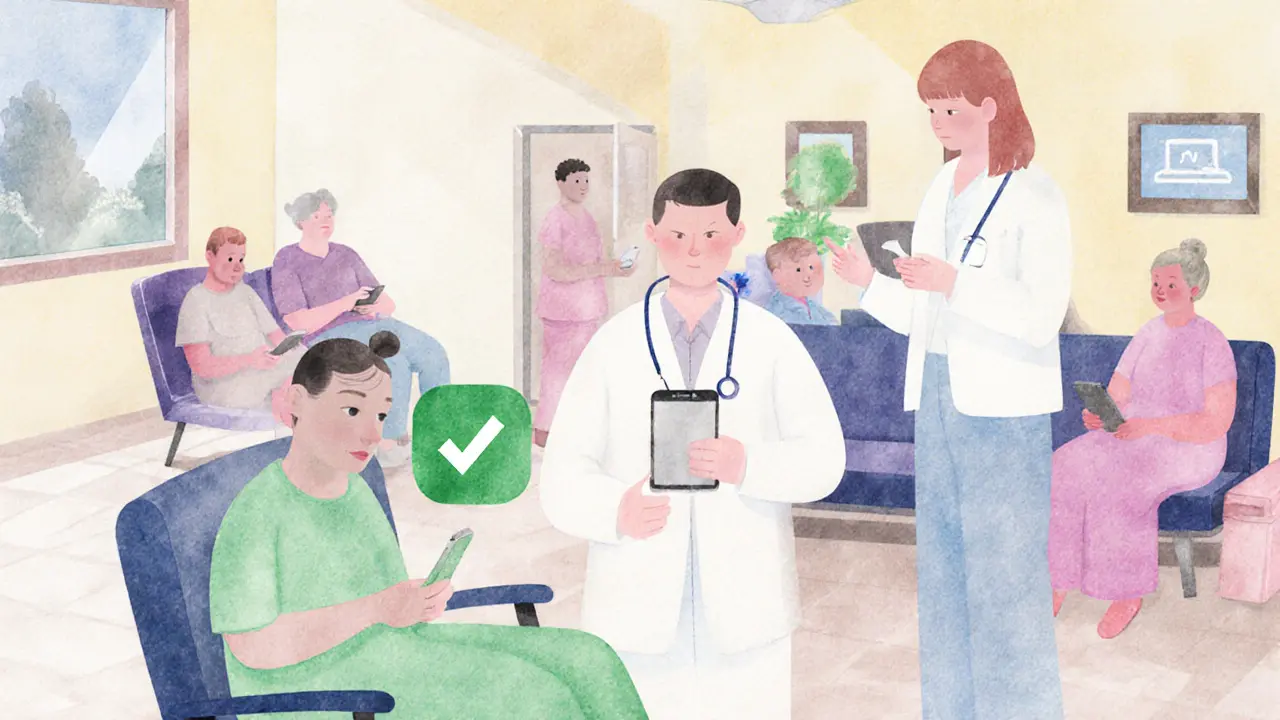
Real-World Use Cases: Beyond Theory
This isn’t experimental. It’s live.
Banks use it for KYC (Know Your Customer). Instead of uploading your passport and selfie to a server, you prove your identity with a ZKP. The bank gets confirmation you’re real and not a fraud-but no copy of your documents. Less risk. Less storage. Less liability.
Hospitals verify patient identity for telemedicine. A patient proves they’re the person in the medical record without sharing their full name, address, or insurance number. Only the system that needs to match records sees the link. Everyone else stays blind.
Government services in Estonia and Canada now let citizens access tax filings, voting portals, and healthcare records using privacy-preserving IDs. No more filling out forms with your birth certificate. Just a quick cryptographic handshake.
Travel is next. Airports in Singapore and Dubai are testing systems where you prove you’re cleared for travel-passport valid, visa approved, no red flags-without showing your passport to anyone. Your phone does the talking.
Why This Matters More Than Ever
Data breaches are getting worse. In 2024 alone, over 1.2 billion records were exposed globally. Every time you give out your ID, you’re gambling that the company storing it won’t get hacked.
Privacy-preserving identity verification removes that gamble. Your data stays on your device. Only proofs leave. Even if a service gets hacked, there’s nothing to steal-because nothing was ever stored.
It also gives people back control. No more begging a company to delete your data. No more being locked out because a third-party ID provider went offline. You own your identity. You control who sees what. And you can prove it-all without handing over your life story.

Challenges Still Ahead
This isn’t perfect yet.
Computing a zero-knowledge proof still takes a few seconds on a phone. That’s fine for logging in, but not for a high-traffic app. Developers are working on faster proofs, using hardware acceleration and optimized algorithms.
Not everyone has a smartphone or understands cryptography. The user experience needs to be as simple as tapping a button. That’s why companies are building wallets that work like Apple Pay-tap, confirm, done.
And while the tech is strong, adoption isn’t universal. Governments and big institutions are slow to change. But pressure is building. Consumers are demanding it. Regulators are pushing for it. And startups are building it faster than ever.
The Future Is Private
In five years, asking for your full ID will feel as outdated as handing over your diary to get into a bar. Privacy-preserving identity verification isn’t just a better way to log in-it’s the only way that respects your rights in a digital world.
It’s not about hiding. It’s about choosing. Choosing what to share. Choosing who to trust. Choosing to stay safe without giving up your privacy.
Blockchain made this possible. Not because it’s about crypto. But because it’s about control. And control is what people want now.
How is privacy-preserving identity verification different from regular ID checks?
Regular ID checks require you to hand over personal data-your full name, birthdate, ID number, even a photo. That data is stored by the company, creating a target for hackers. Privacy-preserving verification lets you prove you have the data without showing it. You send a cryptographic proof, not your documents. No data is stored. No copies are made. You stay anonymous, but still verified.
Do I need a blockchain wallet to use this?
Most systems today use blockchain-based tech like decentralized identifiers (DIDs), so yes-you’ll need a digital wallet to store your credentials and private keys. But it doesn’t have to be complicated. Think of it like Apple Wallet or Google Pay. You don’t need to understand blockchain to use it. You just tap or scan to prove who you are.
Can I still be tracked if I use privacy-preserving identity?
You can’t be tracked by the service you’re verifying with-because they never see your real identity. But if you use the same wallet across multiple services, they could potentially link your activities. That’s why best practices recommend using separate wallets for different purposes-like one for banking, one for healthcare, one for shopping. It’s like having different credit cards for different uses.
Is this legal under GDPR and CCPA?
Yes-in fact, it’s one of the few methods that fully comply. GDPR requires data minimization: only collect what you need. CCPA gives users the right to control their data. Privacy-preserving systems do both automatically. You don’t collect extra data. You don’t store it. You don’t share it. You just verify. That’s why regulators in the EU and California are pushing for its adoption.
What happens if I lose my private key?
If you lose your private key, you lose access to your identity-just like losing your house key. That’s why most wallets offer recovery options: a 12-word backup phrase, multi-signature recovery, or trusted contacts. You set it up when you create your wallet. It’s your responsibility to keep it safe. No company can reset it for you-that’s the point.
Can governments use this system?
Yes-and many already are. Estonia issues digital IDs using DIDs. Canada’s provincial health services use privacy-preserving verification for patient records. The U.S. Department of Homeland Security is testing it for border crossings. Governments want the security and efficiency, but without creating massive databases of citizen data. Privacy-preserving tech gives them both.
Is this technology only for rich countries?
No. In fact, it’s especially valuable in countries with weak ID systems or high fraud. In Kenya and India, mobile-based privacy-preserving IDs are helping unbanked populations access loans and government aid without needing a physical ID card. All you need is a phone and a network. The tech scales easily-even in low-resource areas.
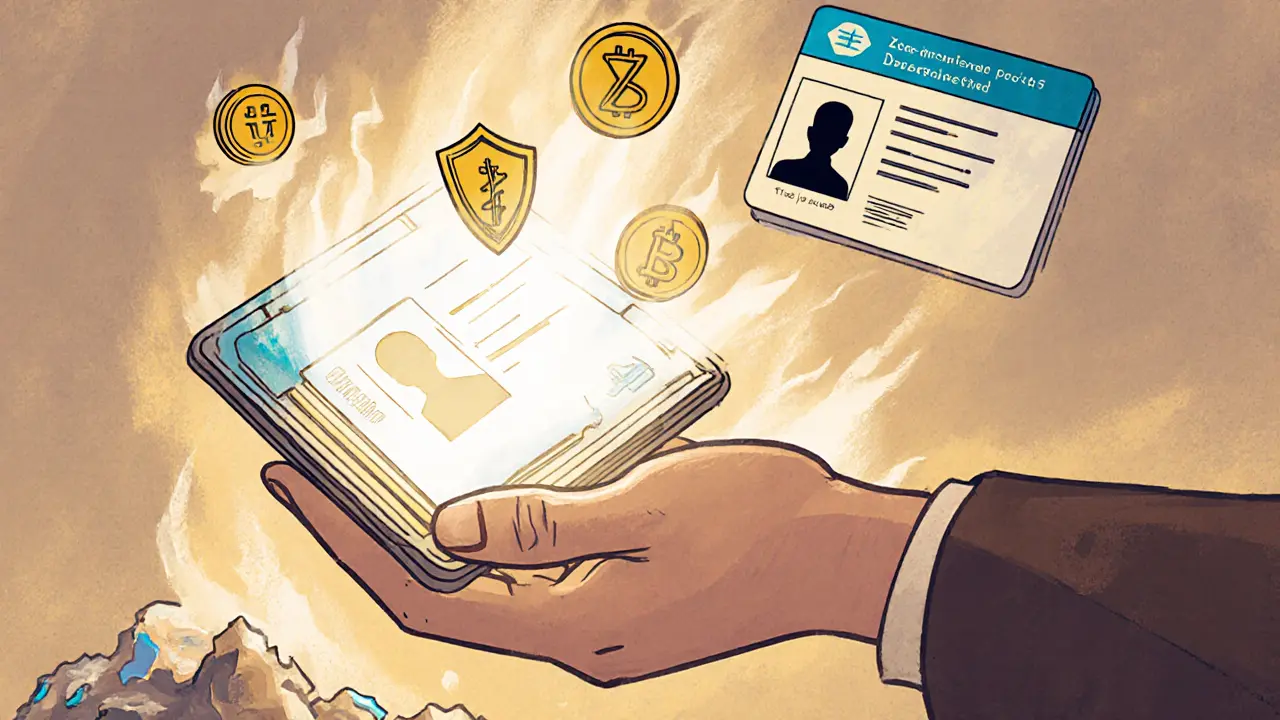
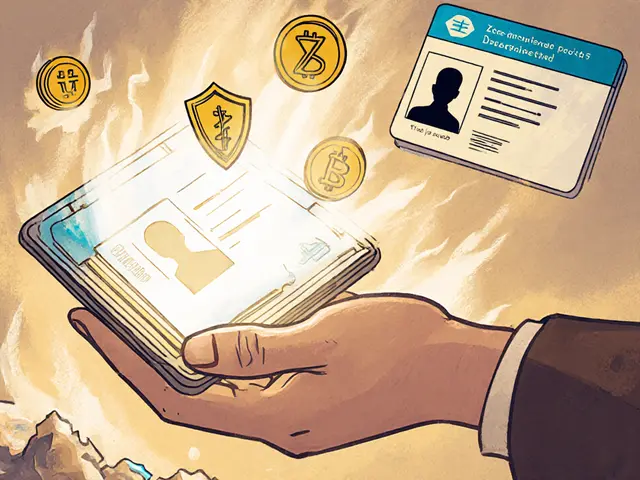


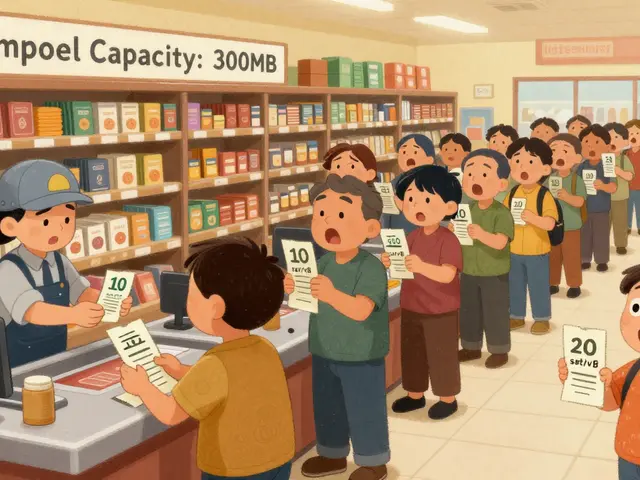
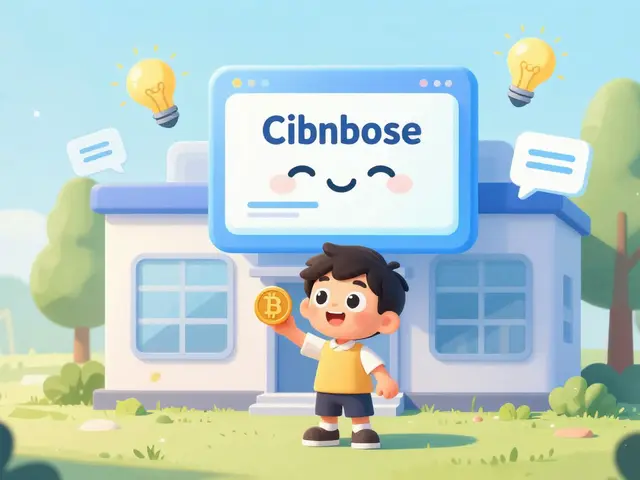
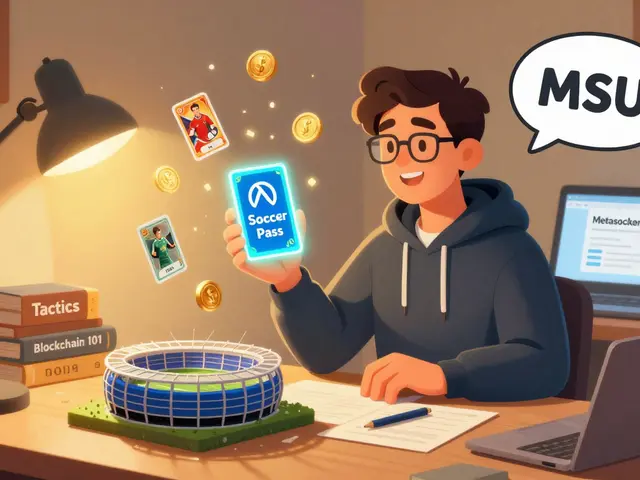
Edward Phuakwatana
November 12, 2025 AT 17:47Bro, this is the future and we’re still using paper IDs like it’s 1999 😅. Zero-knowledge proofs? DIDs? It’s like having a digital vault where you only hand out the keyhole, not the whole safe. I’m already using a wallet for my medical creds-no more uploading my passport to some sketchy telehealth site. 🚀
Suhail Kashmiri
November 14, 2025 AT 14:59You people are naive. This tech is just a fancy way for corporations to avoid accountability. Who’s auditing these wallets? Who’s stopping them from selling your proof patterns? You think blockchain makes you safe? Nah. It just makes you *invisible* to the law. And that’s dangerous.
Kristin LeGard
November 14, 2025 AT 19:06Oh wow, so now we’re trusting math instead of the government? That’s rich. The U.S. built the internet, and now we’re letting some crypto bros in Silicon Valley decide who gets to prove they’re human? No thanks. I’ll keep my Social Security card, thank you very much. 🇺🇸
Arthur Coddington
November 15, 2025 AT 21:53Let me get this straight: you’re telling me I don’t have to give my birth certificate to get a pizza? But then how do they know I’m not a robot? Or worse-a Canadian? This feels like a plot twist in a Netflix dystopia. I’m not ready for this level of existential ambiguity.
Phil Bradley
November 17, 2025 AT 16:05Imagine if your identity was like your Spotify playlist-only the songs you want to share, not your whole library. That’s what this is. You’re not hiding, you’re curating. And honestly? That’s just good digital hygiene. Why would you give someone your entire life story just to buy a beer? 🍺
Michelle Elizabeth
November 18, 2025 AT 03:16It’s funny how people call this ‘privacy’-but it’s really just exclusivity. You’re not protecting your data, you’re gatekeeping it. Like, ‘I’m special, I have a blockchain wallet, you don’t.’ It’s the new Rolex. And honestly? Kinda cringe.
Joy Whitenburg
November 19, 2025 AT 18:11okay so i just downloaded a wallet and it was like… 3 taps and boom i proved i was 21 at a bar app? no id no selfie no stress. my phone just went ‘yep she’s good’ and i got my margarita. i didn’t even know what zkp meant but i still got served 😅. this is the future and it’s… weirdly chill?
Kylie Stavinoha
November 20, 2025 AT 04:48The elegance of this system lies not in its cryptography, but in its philosophical reorientation: identity is not a commodity to be harvested, but a sovereign right to be exercised. In Eastern traditions, the self is not defined by external validation-this mirrors that wisdom. We are not our documents. We are the ones who hold the keys. 🌏
Diana Dodu
November 22, 2025 AT 00:04So you’re telling me the government can’t track me anymore? That’s great-until they decide to ban it. They’ll call it ‘national security.’ And then what? You think the FBI is gonna let you prove you’re not a terrorist with a math trick? Wake up. This tech is a luxury for the elite-and soon, it’ll be outlawed.
Raymond Day
November 23, 2025 AT 16:08Zero-knowledge proofs? Sounds like a cult. You’re telling me I can prove I’m over 18 without showing my ID… but if I lose my key, I’m SOL? 😂 So now I have to be a crypto nerd just to get a beer? And who’s gonna fix it when the blockchain crashes? Your ‘wallet’? My grandma can’t even use Apple Pay. This is a tech bubble with a side of narcissism.
Noriko Yashiro
November 24, 2025 AT 12:28Actually, this is brilliant. In the UK, we’ve been struggling with NHS identity fraud for years. A pilot in Manchester used this exact system-patients verified without revealing names, and fraud dropped by 73%. It’s not sci-fi. It’s solving real problems. Why are we so scared of progress?
Atheeth Akash
November 25, 2025 AT 17:41Very good explanation. In India, many people don’t have formal IDs but have mobile phones. This system can give them access to banking, healthcare, even voting. No need for government to store their data. Just a simple proof. It’s empowering. Thank you for sharing.
James Ragin
November 25, 2025 AT 22:00Let me guess-this is all funded by the World Economic Forum, isn’t it? They want to replace national IDs with blockchain-based digital identities so they can control who gets to work, travel, or even breathe. You think this is freedom? It’s digital serfdom with a fancy UI. They’ll track you through your proof patterns. And when you ‘opt out’? You’ll disappear from society. This isn’t privacy. It’s pre-crime.
Michael Brooks
November 27, 2025 AT 10:54I’ve been using this for my freelance gigs. I prove I’m licensed without sending my state ID to every client. Saves me time. Stops me from getting phished. No one needs my mom’s maiden name to pay me $500. Simple. Clean. I don’t understand why this isn’t standard everywhere. It’s not hard. It’s just… smarter.
David Billesbach
November 28, 2025 AT 02:12Oh great. So now the elites get to hide behind math while the rest of us are stuck with paper IDs and facial recognition cameras? This isn’t democratizing identity-it’s creating a two-tier system. The rich get crypto-privacy. The poor get surveilled by the state. And you call this justice? Wake up. This is class warfare dressed up as innovation.
Andy Purvis
November 28, 2025 AT 23:21I’m not sure if this is the future or just a really cool side project-but I like that it gives people choices. Maybe not everyone needs it. Maybe not everyone can use it. But for those who want control? It’s a gift. Let’s not fight over it. Let’s just make it better.
Laura Hall
November 30, 2025 AT 05:02you know what’s wild? i used this to get into a concert last week. no ticket, no ID, just my phone tapped on the reader and it said ‘verified’. no one even looked at me. i felt like a spy. also, my friend’s wallet got hacked but she had a backup phrase and got back in in 2 mins. this stuff is actually kinda magical when it works.
Arthur Crone
November 30, 2025 AT 11:39Blockchain identity? More like blockchain fantasy. You think your private key is safe? It’s not. You think no one can track you? They can. You think this stops data breaches? It doesn’t. It just moves the target. This is vaporware wrapped in buzzwords. Stop drinking the crypto Kool-Aid.
Michael Heitzer
November 30, 2025 AT 18:42Let’s be real: this isn’t about tech. It’s about dignity. For decades, we’ve been treated like data points. This system says: you are not your SSN. You are not your passport photo. You are not your browsing history. You are the owner. And that’s revolutionary. The tech is just the vehicle. The mission? Human sovereignty. Let’s not miss the point.
Rebecca Saffle
December 2, 2025 AT 01:41So you’re telling me I can’t prove I’m a citizen without handing over my birth certificate? That’s just… cruel. Who even are these people designing this? They don’t know what it’s like to be undocumented. Or to be a survivor. Privacy isn’t a luxury-it’s survival. And this? This is the first thing that actually feels like it might help.
Adrian Bailey
December 2, 2025 AT 22:42so i tried this thing with my bank and honestly it was kinda confusing at first? like i had to scan my license and then confirm a thing on my phone and then it said ‘proof sent’ and i was like… wait did that work? but then they called me 5 mins later and said ‘yep you’re good to go’ and i didn’t have to email them a pdf of my driver’s license so… yeah i’m sold. even if i don’t fully get the math. it just… works?
Rachel Everson
December 3, 2025 AT 10:15if you’re worried about losing your key-just write down your recovery phrase on paper and keep it in your wallet. like, literally. not on your phone. not in the cloud. paper. it’s that simple. and if you’re scared of tech? start small. use it for one thing-like age verification. you’ll be surprised how easy it is. you got this 💪
Johanna Lesmayoux lamare
December 5, 2025 AT 08:00This is the first time I’ve felt like tech actually respects me. Not just ‘collecting data to improve your experience’-but letting me stay human. I cried a little. No joke.
ty ty
December 5, 2025 AT 13:02Wow. So now instead of giving my ID to a bouncer, I give it to my phone? And my phone gives it to a blockchain? And then… what? A magic fairy says ‘you’re cool’? This isn’t innovation. It’s just adding layers to the same scam. You’re still trusting a system you don’t understand. Congratulations, you’ve been scammed by a buzzword.
Edward Phuakwatana
December 6, 2025 AT 01:05@1028 I get your paranoia, but the whole point is the data doesn’t live anywhere to be sold. No database = no breach. Your ‘proof patterns’? They’re useless without your private key. And if someone’s selling proof patterns… they’re not selling identity. They’re selling smoke. The system is designed to make tracking impossible-not easier.